Share of RES in Uzbekistan’s electricity generation to be increased to 30%
The President of the Republic of Uzbekistan signed a resolution “On measures to increase the effectiveness of reforms aimed at the transition of the Republic of Uzbekistan to a “green” economy until 2030”.
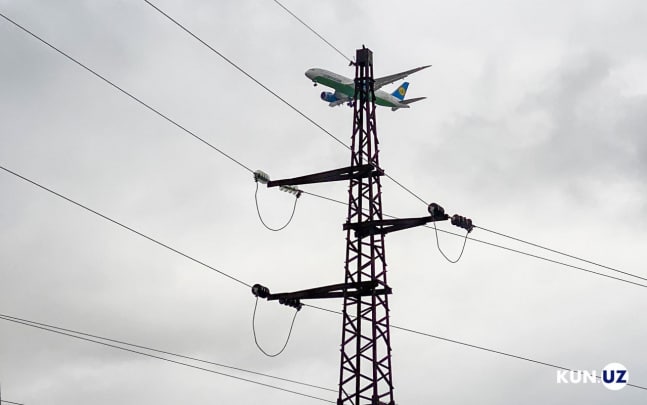
Photo: Kun.uz
According to the document, in order to implement the tasks identified in the Development Strategy of New Uzbekistan for 2022–2026, to increase the effectiveness of measures taken to ensure “green” and inclusive economic growth as part of the Strategy for the transition of the Republic of Uzbekistan to a “green” economy, the Program for the transition to “green” economy and ensuring “green” growth in the Republic of Uzbekistan until 2030, designed to achieve the following strategic goals:
reduction of specific greenhouse gas emissions per unit of gross domestic product by 35% from the level of 2010;
increasing the production capacity of renewable energy sources up to 15 GW and bringing their share in the total volume of electricity production to more than 30%;
increasing energy efficiency in industry by at least 20%;
reduction of energy intensity per unit of gross domestic product by 30%, including through the expansion of the use of renewable energy sources;
a significant increase in the efficiency of water use in all sectors of the economy, the introduction of water-saving irrigation technologies on an area of up to 1 million hectares;
expanding urban green space to over 30% by planting 200 million seedlings per year and bringing the total number of seedlings to over 1 billion;
bringing the index of the reserves of the forest fund of the republic to more than 90 million cubic meters;
increasing the level of recycling generated household waste to more than 65%.
It is determined that:
a) from June 1, 2023, a system of “green certificates” is being introduced based on the requirements to limit the impact on the environment and the environment in the production of products;
b) the infrastructure for state regulation of greenhouse gas emissions in 2022–2026 is being gradually created, which provides for:
• state registration of greenhouse gas emissions and maintenance of their state cadaster;
• formation and maintenance of the register of carbon units;
• determination of targets for reduction of greenhouse gas emissions in the context of economic sectors;
• state support for activities to reduce greenhouse gas emissions;
c) from January 1, 2024, the Modern System for Monitoring, Reporting and Verification (MRV) in the field of climate change is being implemented, covering all greenhouse gases;
d) investment projects implemented in sectors of the economy, at the planning stages and before their implementation, are assessed for the possibility of reducing the volume of greenhouse gases emitted by them, and based on the results of projects, the volume of reduced greenhouse gases is certified and sent to foreign markets;
e) from January 1, 2024, within the framework of investment projects for the construction of new solar and wind power plants with a capacity of more than 1 MW, an electric energy storage system with a capacity of at least 25% of the installed capacity of these stations will be introduced without fail;
f) as part of the development of sectoral and territorial development strategies, based on the characteristics of the sensitivity of industries and territories to climate change, measures and investment projects are covered to reduce the impact of climate change on the population and sectors of the economy and adapt to it.
Related News
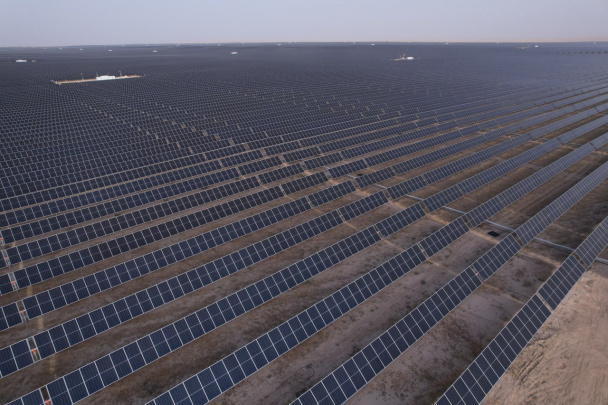
19:22 / 09.12.2025
Uzbekistan’s green power generation hits new record
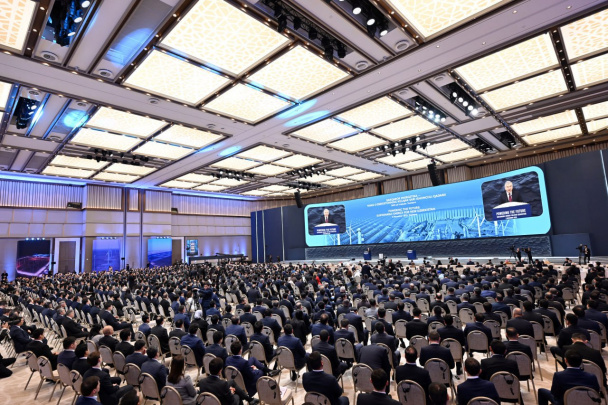
16:48 / 05.12.2025
Uzbekistan commits to cutting harmful emissions by 50 percent by 2035
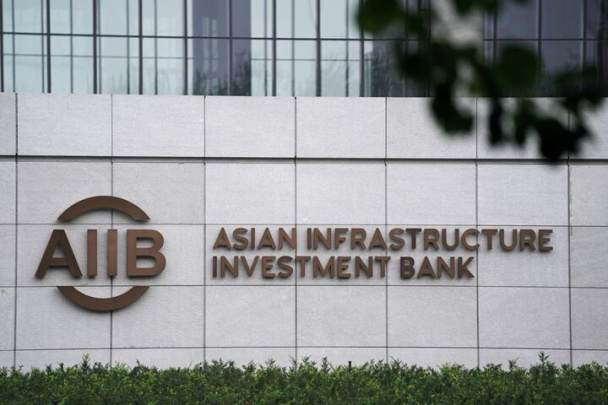
19:28 / 02.12.2025
AIIB and Uzbekistan sign $500 million agreement to support green economic reforms
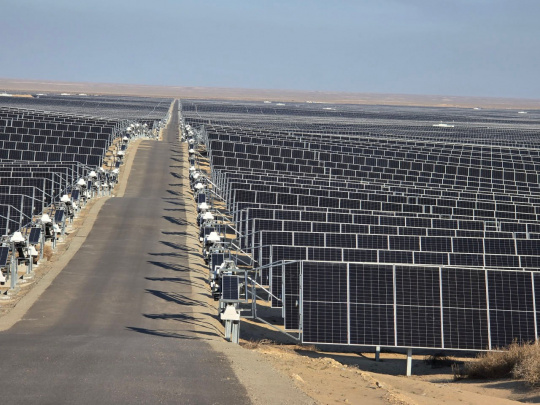
13:14 / 07.07.2025



